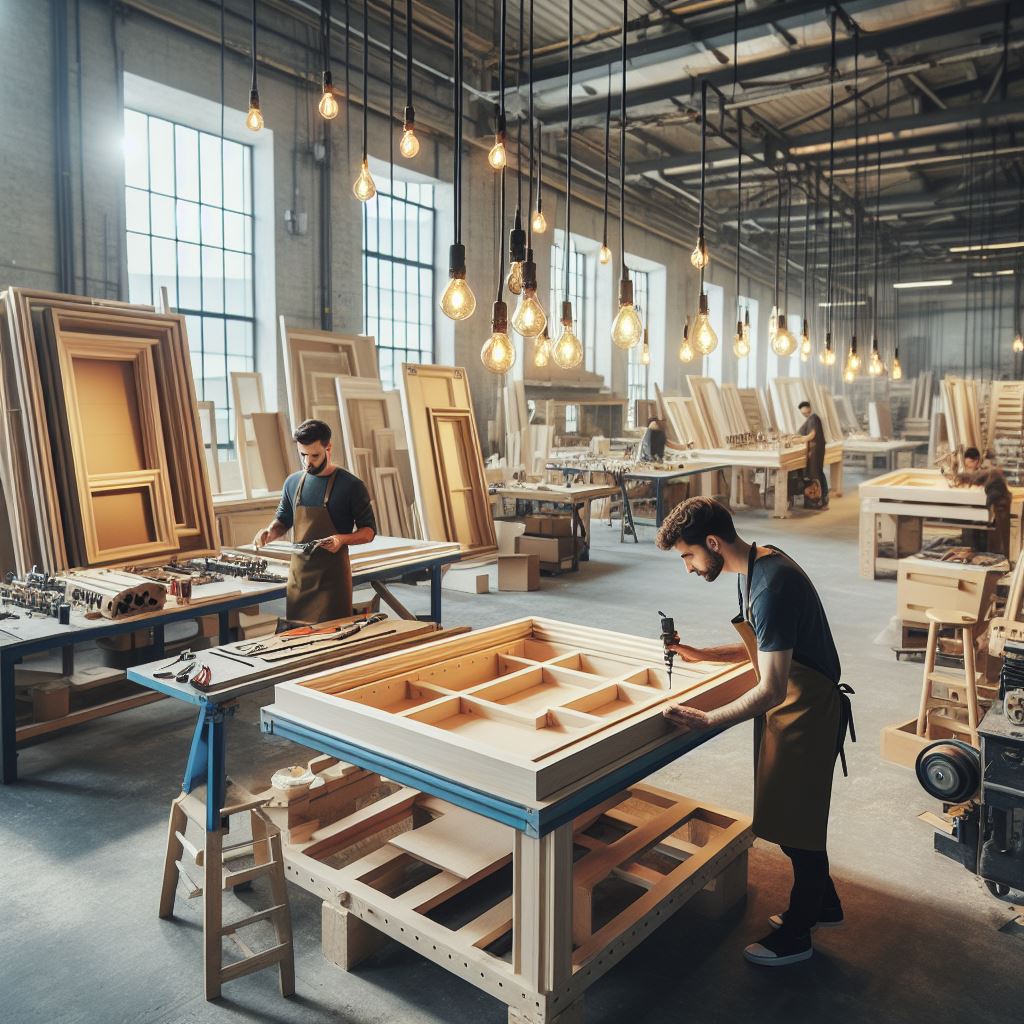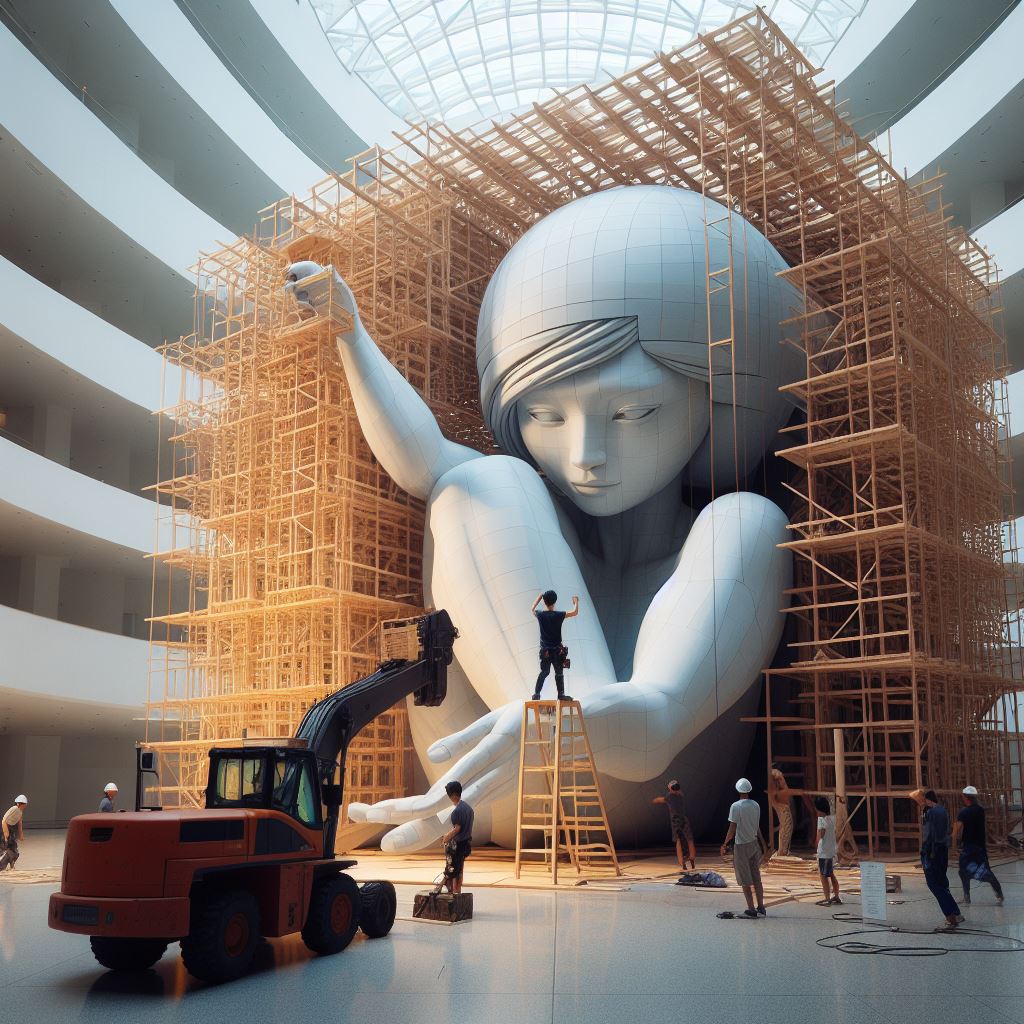Top Installation Art Examples in the Philippines!
The Philippines, a nation known for its rich cultural heritage and vibrant art scene, has in recent years, seen a surge in the popularity of installation art. This contemporary art form transcends traditional boundaries, creating immersive experiences that engage viewers in thought-provoking ways. In the Philippines, installation art serves not only as a medium for aesthetic expression but also as a platform for social commentary, reflecting the country’s history, struggles, and aspirations.
From bustling city centers to serene gallery spaces, the installation art examples in the Philippines are as diverse as the archipelago itself. These installations challenge perceptions, utilizing a variety of materials and spaces to tell stories and evoke emotions. Filipino artists are recognized for their ability to weave together the threads of their national identity and global trends, crafting pieces that resonate on multiple levels.
Need Help With Your Corporate Art Installation? TyArt is here to help. For years, we’ve been assisting homeowners, businesses, museums, and more with their art installations, ensuring safe and successful setups. We understand the importance of careful handling and the profound impact that these installations can have. With over 21 years of installing Corporate Art in the Houston area, we are well-acquainted with the nuances of art services. If you have any questions or need assistance in Houston, please don’t hesitate to reach out to us today or call 713.869.4044.
Defining Installation Art and Its Significance

Installation art transforms perceptions of space and environment through its unique, site-specific nature. Unlike traditional art forms that can be viewed from a distance, installation art requires physical presence and interaction, offering a multi-sensory experience that often extends beyond visual stimuli to include sound, touch, and sometimes even smell. The significance of this art form lies in its ability to create an intimate dialogue between the artwork and the observer, often prompting a deeper reflection on broader societal issues or personal introspection.
In the context of the Philippines, installation art takes on additional layers of meaning. It becomes a powerful conduit for conveying the nuanced stories of Filipino life, history, and culture. The artworks often draw upon the collective experiences of the people, addressing themes of colonization, identity, and resilience. By engaging with these installations, viewers are not only appreciating the aesthetic components but also connecting with the underlying messages that are integral to the fabric of Philippine society.
Moreover, installation art in the Philippines is not confined to the white cube of galleries; it spills out into public spaces, democratizing art and making it accessible to a broader audience. This accessibility plays a crucial role in the cultural significance of the art form, as it allows for a wider participation in the arts and fosters a sense of community through shared experiences.
Historical Development of Installation Art in the Philippines

The evolution of installation art in the Philippines mirrors the nation’s complex historical tapestry, deeply influenced by its colonial past and the indomitable spirit of its people. The roots of contemporary Filipino installation art can be traced back to the social and political upheavals of the 20th century, where artists began to push the boundaries of traditional mediums, seeking new ways to express the zeitgeist of their times.
During the 1970s and 1980s, particularly under the Marcos regime, installation art became a vehicle for political commentary and protest. Artists like Junyee and Roberto Feleo pioneered this movement, utilizing indigenous materials and cultural symbols to subtly challenge the status quo and evoke nationalistic sentiments. Their works laid the groundwork for future generations of artists to explore and expand the language of installation art.
Post-Marcos era, the democratization of the Philippines saw a burgeoning of artistic expression, and installation art flourished. Contemporary artists such as David Medalla, known for his participatory and kinetic art, and Luis ‘Junyee’ Yee Jr., who is often considered the father of Philippine installation art, furthered the discourse with their groundbreaking pieces that were both deeply personal and universally resonant.
The turn of the millennium heralded a global perspective, with Filipino artists gaining international recognition and bringing their unique insights to the global art scene. Installation art continues to be a dynamic and evolving genre in the Philippines, reflecting the ongoing narrative of a nation that is constantly redefining itself amidst the challenges and triumphs of the modern world.
Contemporary Filipino Artists and Their Installations

The current landscape of installation art in the Philippines is as diverse as it is provocative, with contemporary Filipino artists gaining critical acclaim both locally and internationally. One such artist is Leeroy New, who crafts fantastical landscapes out of everyday materials, creating immersive environments that challenge viewers’ perceptions of space and form. New’s work often incorporates elements of Filipino folklore and sci-fi, resulting in a distinct aesthetic that is both otherworldly and intimately connected to Filipino culture.
Another notable figure is Mark Justiniani, who employs mirrors and light to create illusionistic spaces that delve into themes of infinity and the human condition. His installations invite the audience to engage in a reflective journey, both literal and metaphorical, exploring the depths of perception and reality.
Not to be overlooked, Martha Atienza’s video installations provide a poignant commentary on the socio-economic issues facing many Filipinos. Her seascapes and underwater scenes are a haunting reminder of the delicate balance between nature and human activity, particularly within the context of the Philippines’ archipelagic identity.
These artists, among others, are shaping the narrative of installation art examples in the Philippines, creating works that resonate with the complexities of contemporary Filipino life. Their installations are not just artworks but are conversations pieces that engage with history, politics, environment, and identity, continuing to push the boundaries of what installation art can be and mean in the Philippines.
Notable Installation Art Spaces in the Philippines

The Philippines is home to a number of spaces that celebrate and promote installation art, providing platforms for artists to showcase their innovative works. One such space is the Cultural Center of the Philippines (CCP), which hosts numerous exhibitions and festivals that highlight the talents of Filipino installation artists. With its sprawling galleries and halls, the CCP has become a vital hub for contemporary art in the country.
In the heart of Makati, the Ayala Museum offers another venue for experiencing installation art. Though known for its historical collections, the museum also dedicates space to contemporary art, including large-scale installations that often reflect on the nation’s cultural heritage and modern identity.
Artinformal, a gallery in Mandaluyong, is known for its experimental approach and has become a favorite among artists and collectors for its thought-provoking installation pieces. The gallery not only exhibits works but also encourages dialogue and education, fostering a deeper appreciation for the arts.
For those looking for an alternative experience, the Pinto Art Museum in Antipolo provides a unique setting where art and nature coexist. This open-air museum features a variety of installation pieces set against the backdrop of lush gardens, making it an enchanting place to explore the interplay between art and the environment.
These spaces, among others, contribute significantly to the vitality of the installation art examples in the Philippines, offering both established and emerging artists a platform to engage with audiences and present works that challenge, delight, and inspire.
The Impact of Installation Art on Filipino Culture
Installation art has profoundly influenced Filipino culture, not just as a form of aesthetic expression, but as a powerful medium for social commentary and community engagement. Artists in the Philippines often utilize installation art to reflect on the country’s complex history, address contemporary issues, and share stories that resonate with the Filipino people’s collective consciousness.
Through immersive environments, installation art engages the public in a way that traditional forms of art cannot. It transforms viewers into participants, fostering interactive experiences that can alter perceptions and encourage critical thinking. In the Philippines, such installations frequently become gathering places where dialogue and exchange of ideas are sparked, contributing to the dynamism of the nation’s cultural discourse.
Furthermore, installation art serves as a catalyst for cultural preservation by incorporating indigenous materials and themes, thus keeping alive the rich tapestry of Filipino heritage in the face of globalization. By doing so, these artworks become a bridge between the past and the present, allowing a new generation to appreciate and understand their cultural roots.
The impact of installation art on Filipino culture is a testament to the genre’s ability to transcend the boundaries of traditional art forms and become an integral part of the cultural landscape. As the appreciation for installation art continues to grow, it promises to remain a significant contributor to the Philippines’ cultural evolution.
Need Help With Your Corporate Art Installation? If so, TyArt is here to help. For years, we’ve been helping homeowners, businesses, museums, and more ensure that their eye-catching art installations are safely and successfully put up. We have installed Corporate Art in the Houston area for over 21 years. If you have any questions about art services in Houston, please don’t hesitate to reach out to us today. We can be reached by calling 713.869.4044.



